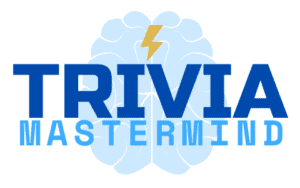Embarking on the tumultuous journey from the written word to the silver screen, book-to-movie adaptations often face the challenge of translating the magic of literature into a visual narrative. While some succeed in capturing the essence of their source material, others falter, leaving ardent fans disappointed and shaking their heads at the cinematic interpretation. In this exploration, we delve into the realm of literary adaptations gone awry, uncovering the 10 worst book-to-movie adaptations ever created. From misguided casting choices to drastic plot alterations, these films serve as cautionary tales in the complex art of bringing beloved books to life on the big screen. Join us as we navigate the pitfalls and missteps of these cinematic endeavors, dissecting what went wrong and why these adaptations missed the mark.
The List of the 10 Worst Book to Movie Adaptations
1. A Wrinkle in Time
2018
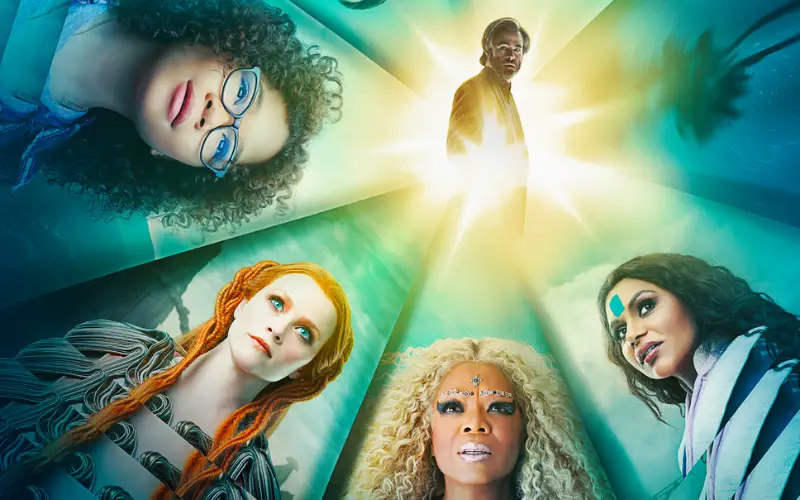
A Wrinkle in Time, adapted from Madeleine L’Engle’s 1962 novel, is widely criticized as an unsuccessful transition from book to film. Starring Oprah Winfrey and Reese Witherspoon, the movie, despite featuring acclaimed actors, falls short at the box office due to its convoluted plot, excessive CGI, and numerous discrepancies from the source material. The altered ending contributes to overall disappointment, raising concerns about its impact on future adaptations of classic fantasy novels in Hollywood.
2. The Girl on the Train
2016
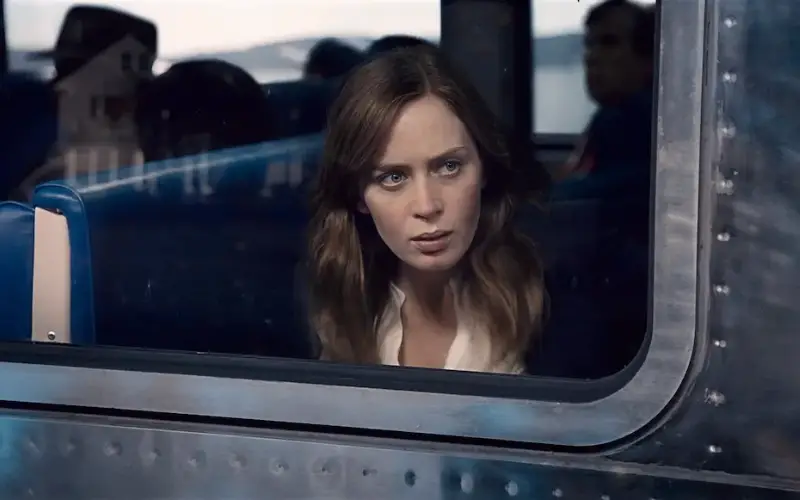
The Girl on the Train, Paula Hawkins’s 2015 mystery thriller, is a standout example of contemporary psychological suspense fiction. However, its transition to the big screen, despite Emily Blunt’s compelling performance, disappointed audiences. While achieving box office success driven by the existing fan base, the film’s adaptation fell short in capturing the essence of the suspenseful storyline. Shifting the setting from London to New York was the sole significant change, but director Tate Taylor’s vision failed to resonate with critics, leaving crucial details unexplained. Many viewers suggested that a trilogy format and a different director could have better realized the film’s potential.
3. Paper Towns
2015
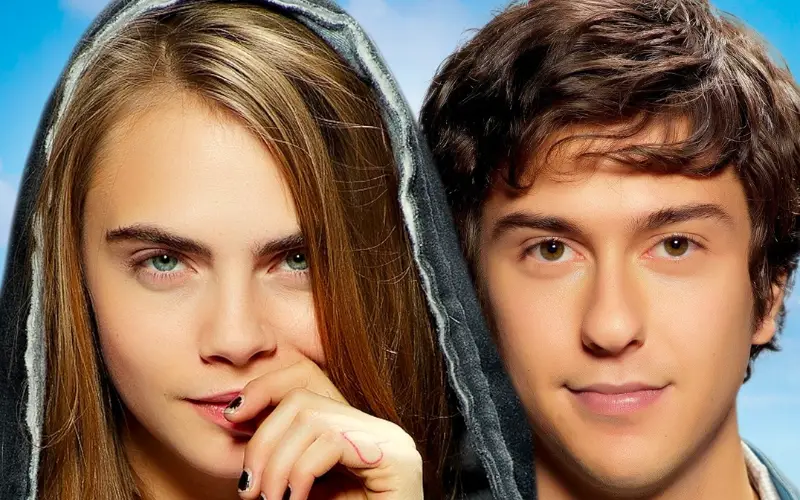
This adaptation of John Green’s work falls short in delivering a satisfying coming-of-age narrative, lacking the depth and darkness of the original story. Crucial scenes, such as Quentin and Margot breaking into Sea World, are omitted, impacting character development. The film alters the perception of Margo and removes the book’s brief thoughts of suicide, resulting in a tonal shift towards a less serious, more upbeat road trip-style film.
4. The Hobbit
2012–2014
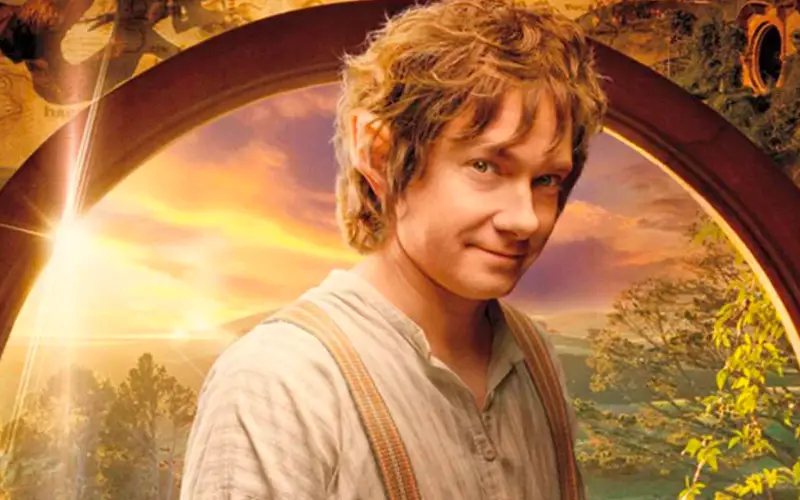
The Hobbit: An Unexpected Journey, Lost In Adaptation by The Dom and Calluna delves into the complexities of adapting J.R.R. Tolkien’s revered prelude to The Lord of the Rings for the cinema. While Tolkien’s classic and Peter Jackson’s acclaimed LOTR trilogy earned widespread acclaim, The Hobbit film adaptation faced mixed reviews. The decision to split the shorter book into three films led to additional characters and plotlines, elongating the runtime. Despite the potential for a deeper exploration of the source material, the trilogy fell short for book enthusiasts, who desired a more concise and faithful adaptation, especially in comparison to the successful LOTR films.
5. The Green Hornet
2011
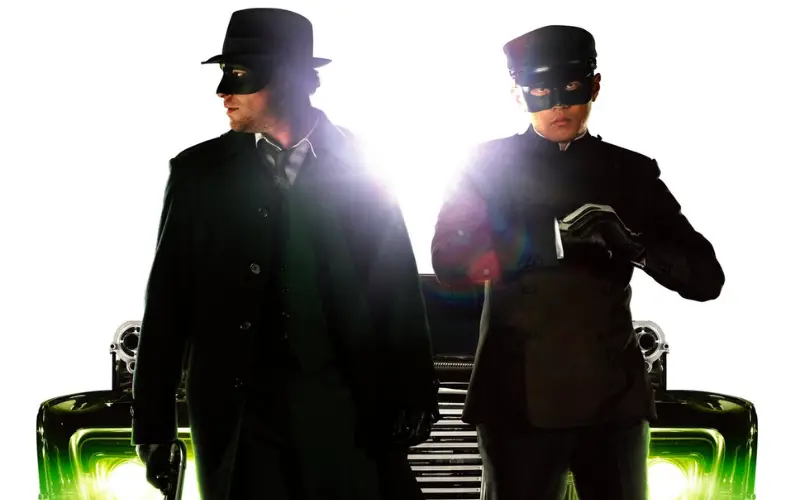
Since 1936, The Green Hornet has thrived in various media, originating from radio and evolving into a 1940s film series with diverse adventures. The 1960s saw the character continue in a TV series, notably featuring Bruce Lee as Kato. Spanning almost a century, the franchise extended to comic books and graphic novels, owned by Green Hornet Inc. However, the 2011 film adaptation faced severe criticism, particularly for Seth Rogen’s portrayal of Britt Reid, labeled “useless” by comic enthusiasts. This movie reflects a contemporary trend of turning old action/drama TV series into comedic versions, alongside The Dukes of Hazzard and Starsky & Hutch. Despite the Green Hornet’s prominence in comic books, the 2011 film retained only names and the basic premise, resulting in a campy buddy-cop comedy that fell short of honoring the character’s legacy.
6. Harry Potter and the Half-Blood Prince
2009
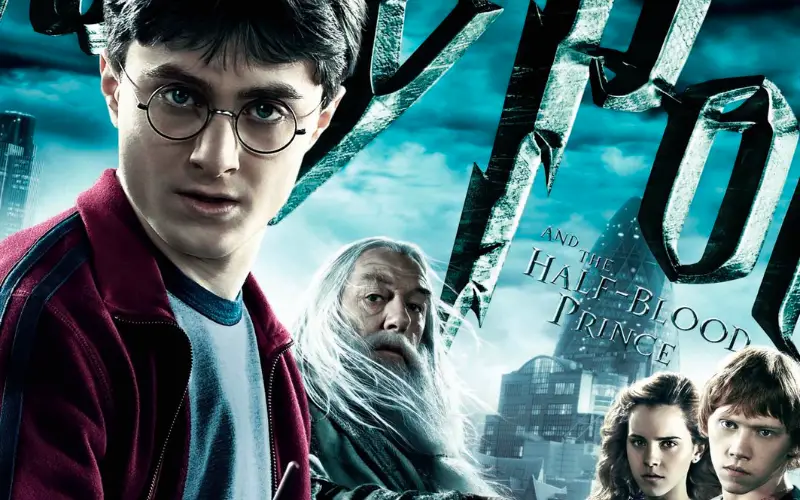
J.K. Rowling’s Harry Potter series, a beloved and lucrative franchise, spawned eight film adaptations from seven books, with the final chapter split into two films. While the series faced various omissions, the most critical occurred in the sixth installment, The Half-Blood Prince. This book is pivotal in exploring Voldemort’s background and family history, crucial for understanding his pureblood crusade. The film assumes a knowledgeable audience but fails to include essential segments, rendering it the least successful adaptation among the seven Harry Potter books.
7. The Time Traveler’s Wife
2009
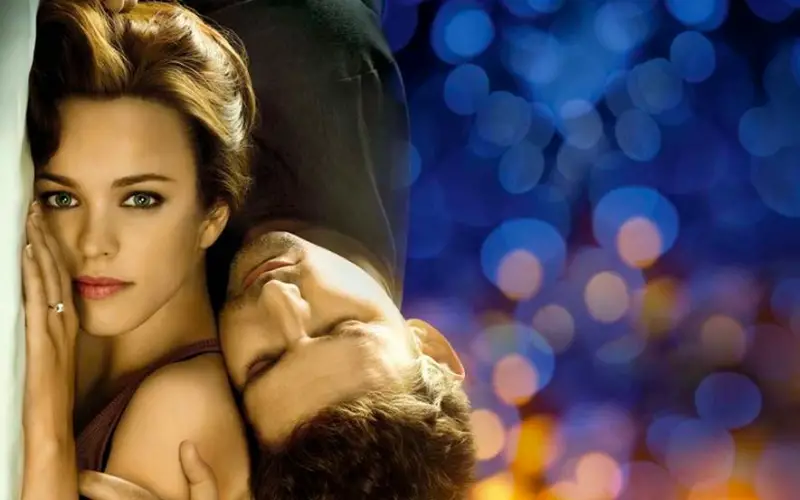
Audrey Niffenegger’s 2003 novel, “The Time Traveler’s Wife,” acclaimed for its blend of science fiction and romance, inspired both a film and an HBOMAX TV series. However, the film falls short of expectations, diverging notably in its approach from the book and series. Fans point out a significant difference in what triggers Henry’s time travel, with the film associating it with trauma rather than happiness as in the book and series. Various alterations, including the portrayal of Henry’s mother’s death, Henry’s predominant narration, and the absence of alternating first-person views, compromise the story’s integrity. Niffenegger, having not watched the film, expressed enthusiasm for the TV series on Twitter. Despite mediocre acting, the film fails to capture the nuanced perspectives on social constructs present in the book, depriving the audience of the complete intent.
8. The Scarlet Letter
1995
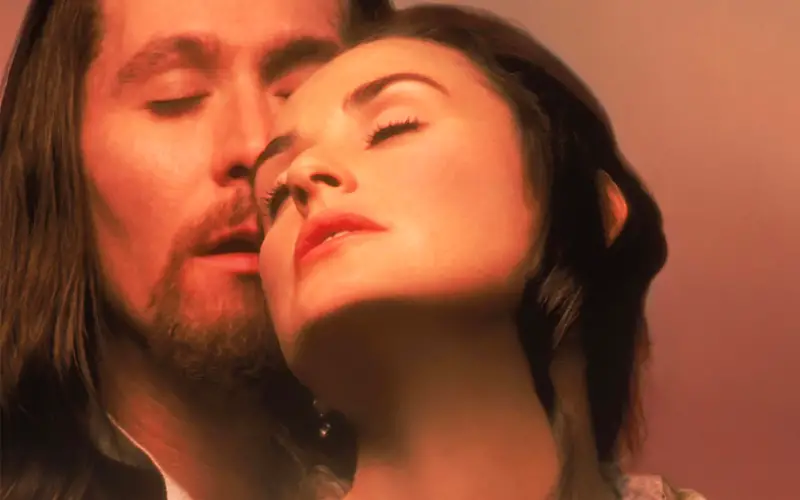
Nathaniel Hawthorne’s 1850 novel, “The Scarlet Letter,” revered as an American classic, explores themes of adultery and hypocrisy. The 1995 film adaptation, despite an ensemble cast led by Demi Moore as Hester Prynne, deviates significantly from the original, losing the intensity of the literary characters. With alterations to the plot and an ending different from Hawthorne’s, the film failed at the box office, earning satiric Golden Raspberry Awards and fading into obscurity.
9. Billy Bathgate
1991
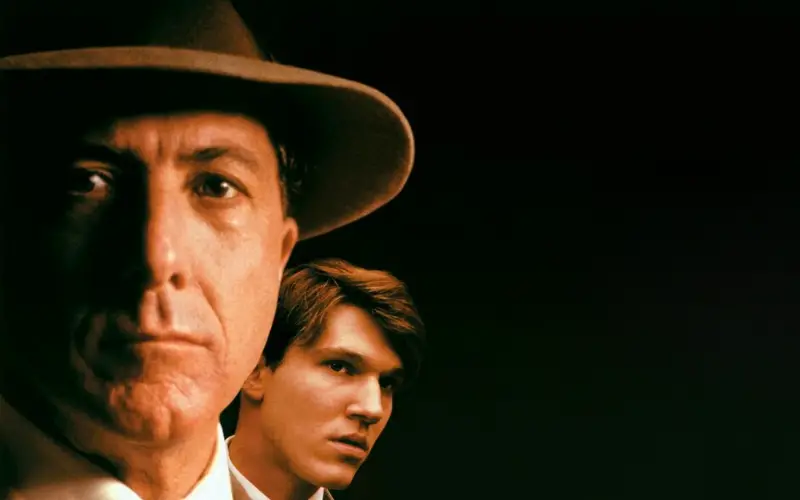
E.L. Doctorow’s 1989 novel, adapted into a 1991 gangster film, disappointed at the box office, despite acclaimed director Robert Benton and Dustin Hoffman’s involvement. Critics attribute its failure to the absence of the protagonist’s narration, a crucial element from the book that contributed to its magic. The film, lacking focus and feeling empty without this narrative element, saw a commendable performance by newcomer Loren Dean as Billy. However, the shift from first-person to third-person narration impacted its overall reception. Benton’s struggle to portray grandiose gangsters as mundane, despite Hoffman’s compelling performance, led to the film sinking into obscurity. Despite the potential for a great mob movie, this adaptation turned out to be a substantial letdown.
10. The Bonfire of the Vanities
1990
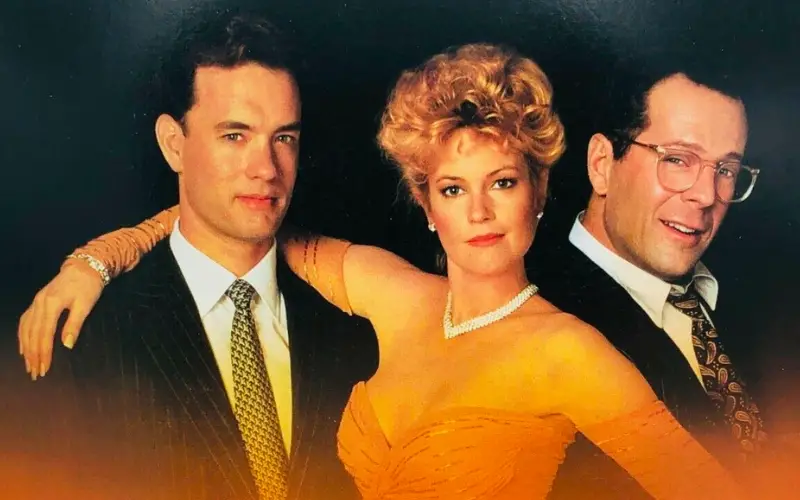
Warner Bros acquired film rights to Tom Wolfe’s bestselling book, The Bonfire of the Vanities, for $750,000. Despite a star-studded cast with Tom Hanks, Melanie Griffith, and Bruce Willis, the movie flopped. Hanks and Griffith, not the director’s initial choices, were deemed unfit for their roles. The book intentionally lacked a likable protagonist, offering a cynical take on New York City, but this approach struggled to translate to the big screen. Producers aimed to make Hanks’s character more likable, deviating significantly from the source material. The film’s sole redemption came from documenting the shooting process through Julie Salamon, resulting in The Devil’s Candy, a well-received book that remains unadapted for television.
Conclusion
In the world of book-to-movie adaptations, the journey from page to screen is fraught with challenges, and as we conclude our exploration of the 10 worst book-to-movie adaptations ever created, it becomes evident that not all literary treasures successfully make the leap to cinematic glory. From misguided creative choices to the departure from the essence of the source material, these cinematic missteps serve as reminders of the delicate balance required in translating the written word into a visual narrative. As we reflect on the shortcomings of these adaptations, it’s a testament to the complexity of this art form, where staying true to the heart of the story is paramount. While these films may have stumbled, they offer valuable lessons for future endeavors, underscoring the importance of honoring the spirit of the books that captivate our imaginations. As avid readers and cinephiles alike, let us continue to champion the delicate dance between literature and cinema, hoping for more successful adaptations that do justice to the worlds we hold dear.
Recent Posts
Science Trivia - Astronomy ...
Step into a realm of nostalgia as we embark on a journey through the annals of pop culture and bid farewell to 35 recently obsolete technologies. In the ever-evolving landscape of innovation, certain...
